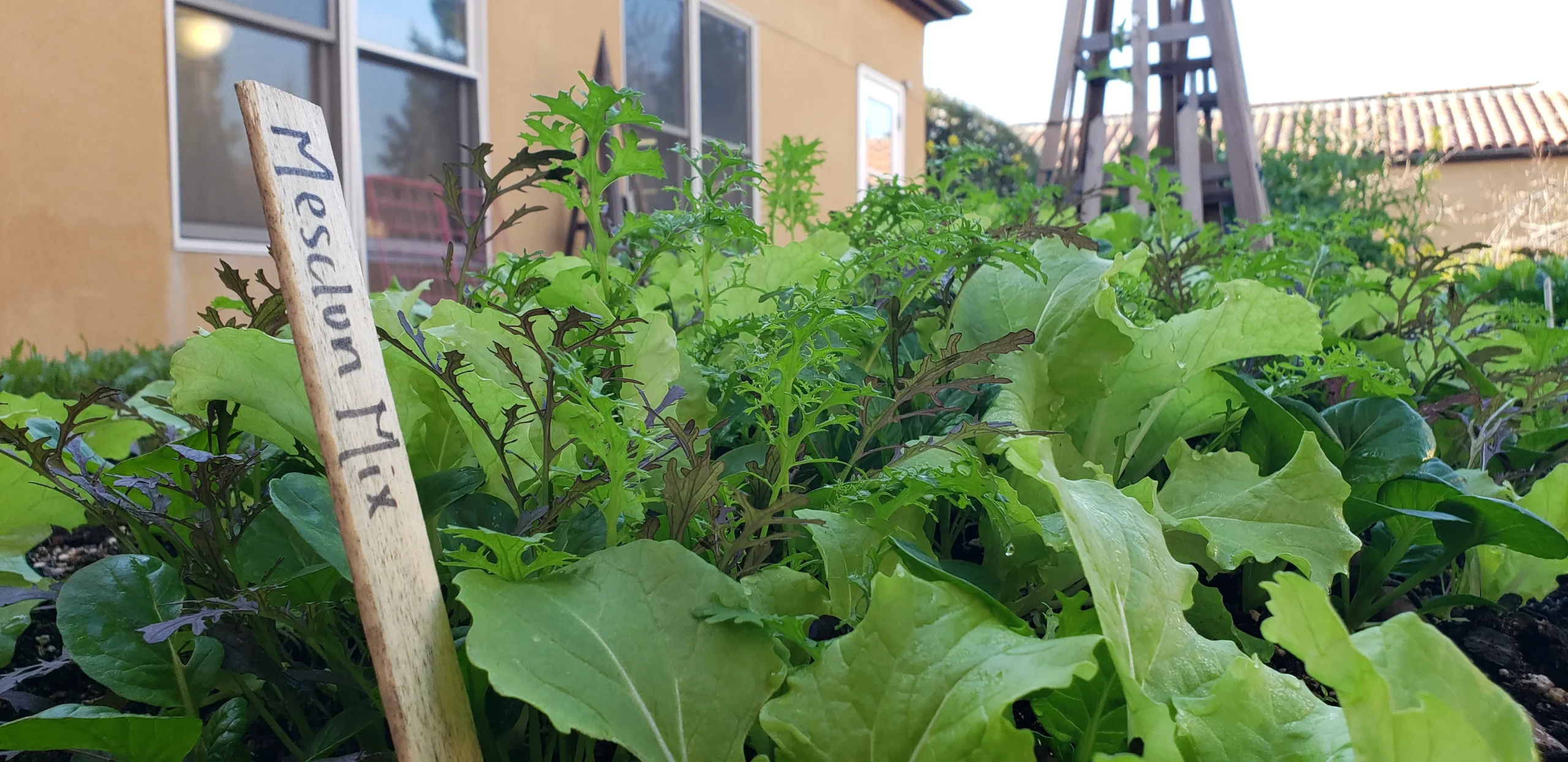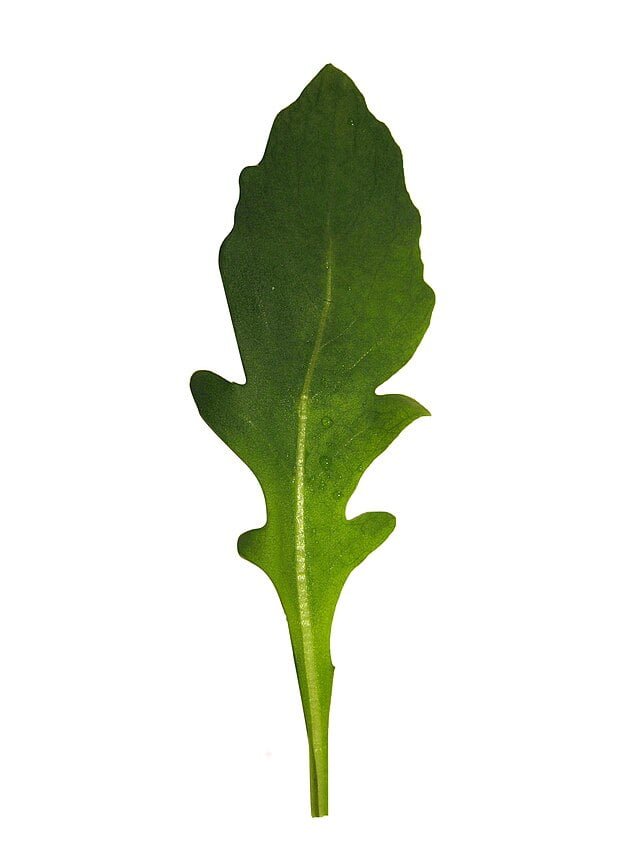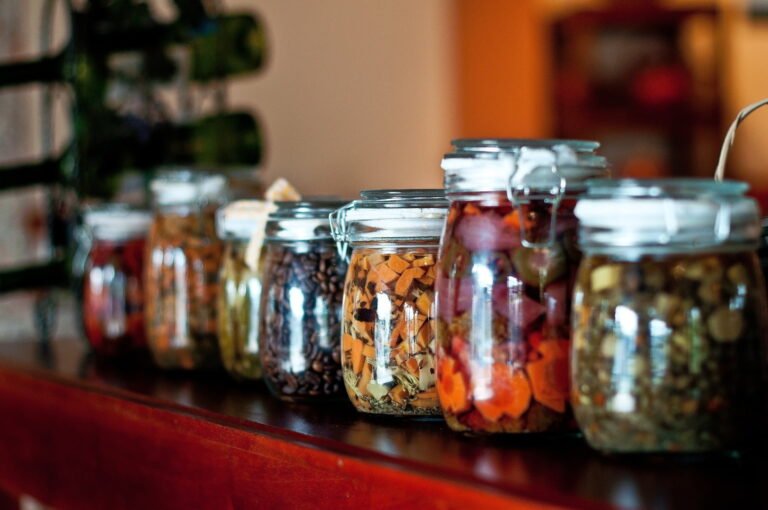Growing Mesclun: A Gardener’s Guide to Gourmet Salad Greens
Mesclun offers a simple, efficient way to grow a salad garden in a small space, with quick harvest times and continuous yields. Whether you’re a novice gardener or a seasoned green thumb, cultivating mesclun can add variety and freshness to your meals. Here’s everything you need to know to successfully grow mesclun.
Why Grow Mesclun?
Mesclun mixes are ideal for gardeners looking for a continuous supply of fresh salad greens. These mixes can be harvested multiple times throughout the growing season, providing a diverse range of flavours and nutrients. Growing mesclun is also a fantastic way to experiment with different green varieties that you might not otherwise try.
Creating Your Mesclun Mix
While pre-packaged mesclun seed mixes are widely available, creating your own blend allows for customization to your taste preferences. Consider including:
- Lettuces: A variety of leaf lettuces, including red leaf, green leaf, and oakleaf, for a base.
- Mustards: For a spicy kick, add mustard greens like ‘Mizuna’ or ‘Red Giant’.
- Arugula: Adds a peppery flavor.
- Spinach: Offers a mild, slightly sweet flavor.
- Endive and Radicchio: Contribute a pleasant bitterness.
- Chervil and Cilantro: For hints of anise and citrus.
Planting Mesclun
- Timing: Mesclun can be sown directly in the garden from early spring to late summer. For a continuous supply, plant a new batch every 2-3 weeks.
- Soil and Site: Choose a location with well-draining soil rich in organic matter. Most salad greens prefer full sun but can tolerate partial shade, especially in warmer climates.
- Sowing Seeds: Mix seeds together and scatter them over prepared soil, lightly covering them with a thin layer of soil or compost. Water gently and keep the soil moist until germination.
Caring for Mesclun Greens
- Watering: Keep the soil consistently moist but not waterlogged. Using a mulch layer can help retain soil moisture and suppress weeds.
- Thinning: If seedlings are too crowded, thin them out to give each plant enough space to grow. Thinned seedlings can be used in salads.
- Succession Planting: To ensure a steady supply of greens, plant new seeds every 2-3 weeks throughout the growing season.
Harvesting Mesclun
- When to Harvest: Mesclun mixes are ready to harvest when leaves are 3-6 inches tall, typically 3-5 weeks after planting. Use scissors to cut leaves about an inch above the soil line.
- Continuous Harvest: Many greens in mesclun mixes will regrow after cutting, allowing for multiple harvests from the same planting.
Using Mesclun
Mesclun mixes are best enjoyed fresh in salads, where their variety of flavours can truly shine. They can also be lightly sautéed for a warm salad or used as a nutritious, flavorful garnish for soups, sandwiches, and pizzas.
Conclusion
Growing mesclun is an easy and rewarding way to enjoy a diverse array of salad greens. With minimal space and effort, you can harvest fresh, flavourful leaves to elevate your salads and dishes. Experiment with different greens to create your perfect mesclun mix.







